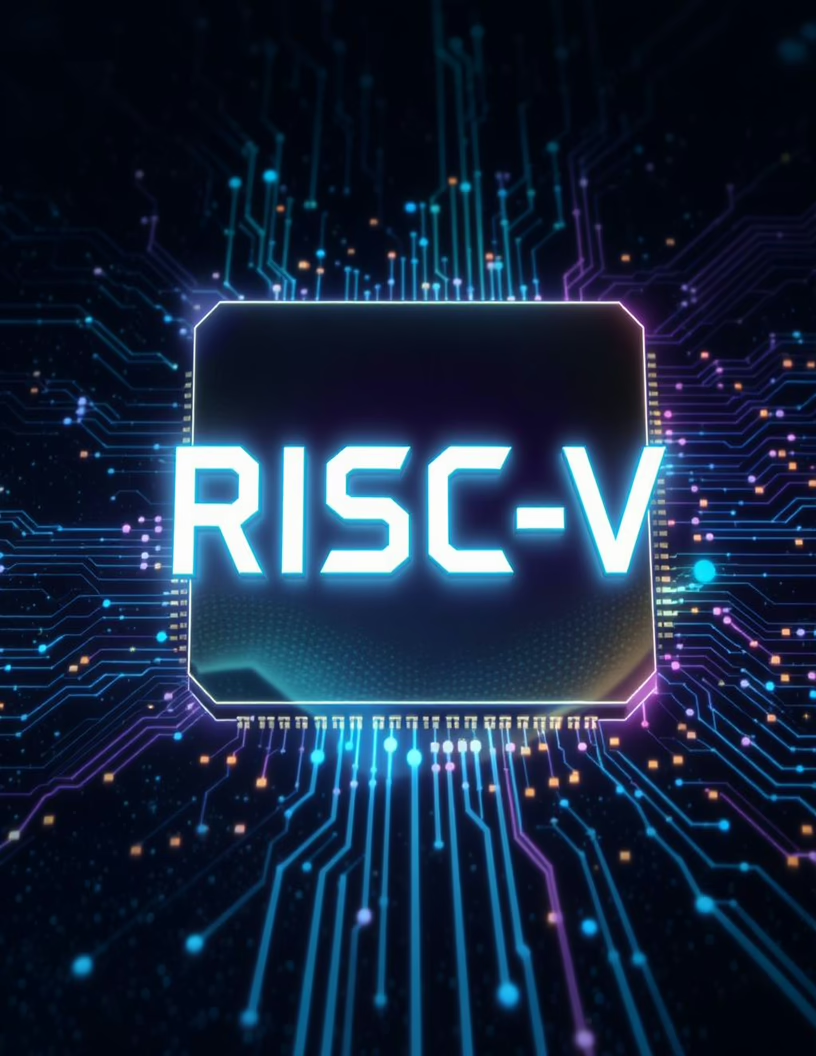Users get most of the features in the full version of Maya and pay when they use them, not when they don’t.

Used throughout many major film and game studios, Autodesk’s Maya is the software behind a plethora of stunning visuals in leading-edge projects. Since it was introduced in 1998, Maya has continued to offer a growing list of new features and functions that serve artists well in just about every aspect of their content creation. But, what about an artist who would like access to these professional 3D tools but does not need every Maya feature from A to Z, nor does the person use the software all day, every day.
The solution is Maya Creative, a more affordable and flexible version of Maya. It includes sophisticated animation, modeling, and rendering tools for creating lifelike animations, building detailed 3D models, and rendering high-quality 3D images in fewer clicks, respectively.
Autodesk said its goal was to introduce a cost-efficient option for freelancers, boutique facilities, and small business creative teams, which don’t need the same API access or extensibility required for larger production workflows.
Maya Creative features robust modeling, animation, rigging, and rendering tools for film, television, and game development, including Maya’s full industry-standard creative toolset: high-end 3D modeling; UV, lookdev, and texturing; motion graphics; animation deformation; camera sequencing; rendering and imaging; and data and scene assembly. Maya Creative also includes the Arnold renderer. A chart on the Autodesk site shows a side-by-side comparison of Maya Creative and Maya. It does not contain Substance integration, Maya Toon Shader, the vector renderer, Bifrost and other dynamics and effects, for instance. It also lacks certain pipeline integration features.
On the same day Maya Creative was announced, Autodesk also revealed that it is discontinuing the sale of new subscriptions and three-year renewals to its Maya LT software; after December 7, no new monthly or yearly purchase or renewals will be permitted. This comes as Maya LT has evolved into Maya Creative. Unlike Maya LT, Maya Creative will contain the creative toolset of Maya without the limitations Maya LT had, such as reduced poly count export and the inability to render. This opens the use to a broader range of workflows. Also, Autodesk pointed out that Maya Creative will contain the standard Maya file format (Maya LT did not), thus making it easier for artists working in Maya and Maya Creative to collaborate much easier.
Maya Indie, an affordable full version of Maya, will still be available for those meeting the specified criteria, including a creative work revenue cap below $100,000.
Maya Creative is available on both Windows and Mac, but unlike Maya, does not support Linux. It is solely available through Autodesk’s Flex pay-as-you-go option for daily product use, so artists only have to pay for when they use the product. Flex pricing is better suited to occasional users. Maya, available via subscription or Flex, costs six tokens per day, while Maya Creative costs just one token per day. The price of tokens scales with volume; the more you purchase, the less you pay per token. A minimum purchase of 100 tokens will cost $300.






